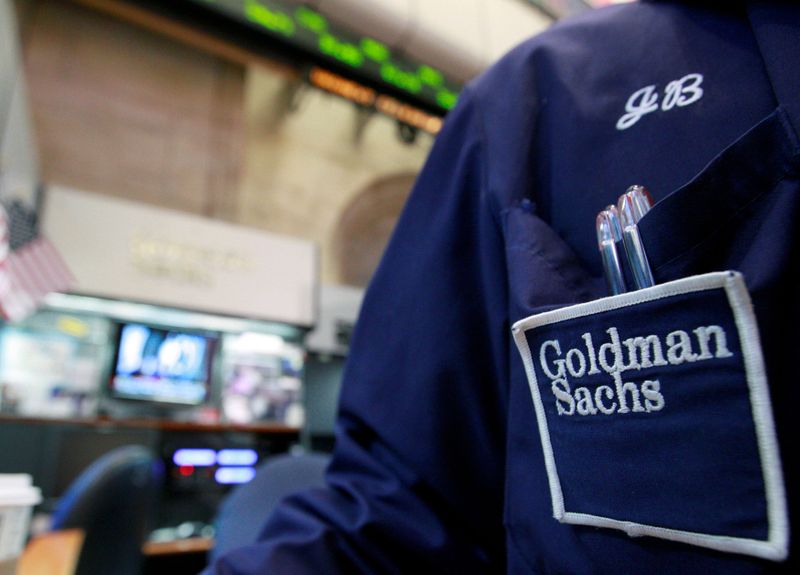Goldman Sachs (NYSE:GS)' Scott Rubner, the bank’s managing director for global markets and tactical specialist, sees a risk of the S&P 500 'overshooting' in the second half of January.
The strategist highlighted that volatility has taken a central role, akin to a quarterback in a football game, which has led to significant re-leveraging by various investment strategies due to lower implied volatility.
Passive assets under management (AUM) currently stand at $11.773 trillion, with U.S. equities experiencing an unprecedented inflow of $186 billion over the past nine weeks.
This surge in capital is the largest recorded inflow since February 2021, when $144 billion entered the market. These inflows have been attributed to the aftermath of the 2024 election.
He also concluded that the year 2024 was characterized by a "buy the dip" mentality among investors.
Liquidity conditions are currently robust, with top book liquidity around $34 million as the market approaches the quarterly roll period. Money markets have seen substantial inflows, with a year-to-date increase of $992 billion, the highest among all asset classes.
With $9 trillion in assets under management in money markets, even a small shift of approximately 1% could result in $90 billion of rotational flow into other investments.
He also reminded investors that the "Magnificent 7" currently make up 33% of the index weight in the S&P 500.
The strategist also pointed out that the market is entering the third-best two-week period of performance since 1928, which occurs in the second half of December.
This period is traditionally followed by the best two-week stretch since 1929, taking place in the first half of January.
For these reasons, Rubner believes that the risk of the U.S. stock market "overshooting" remains high.
